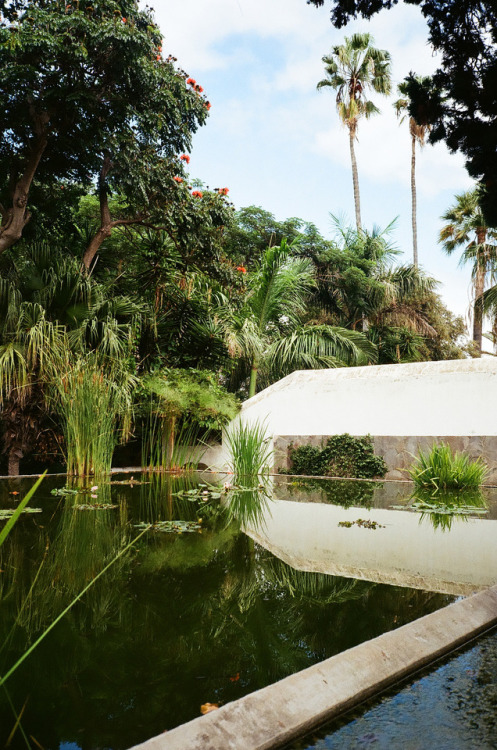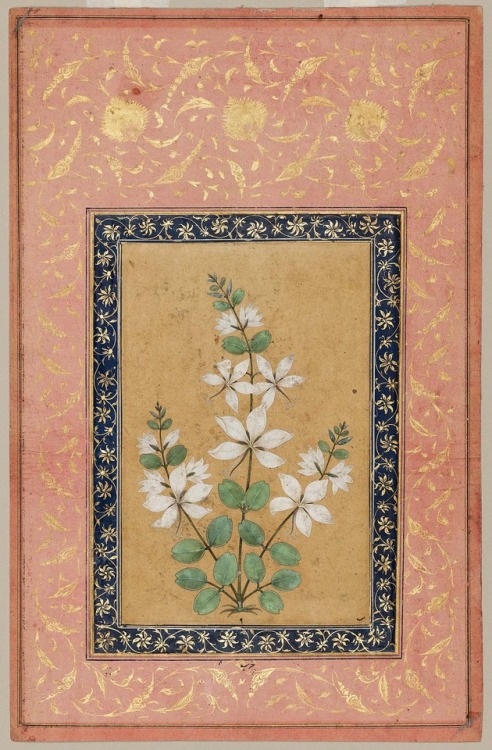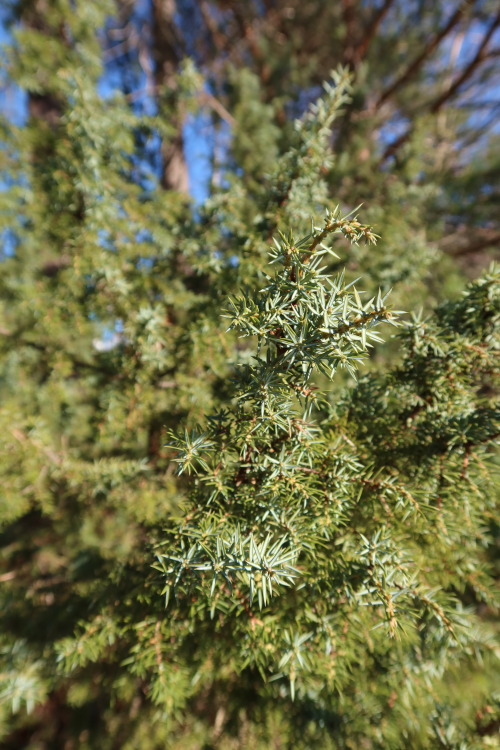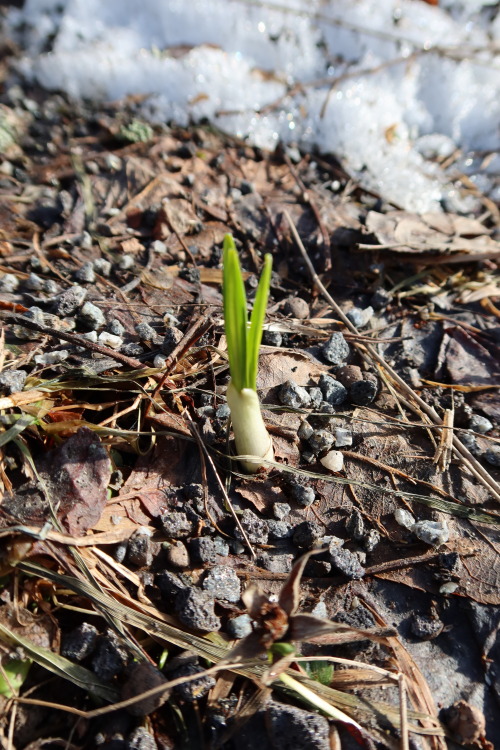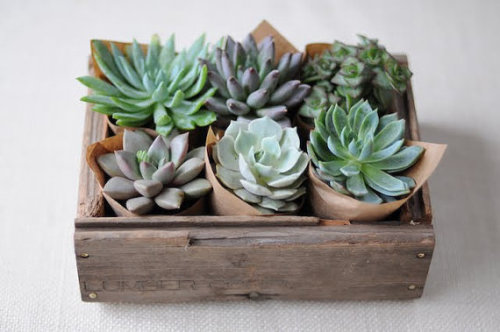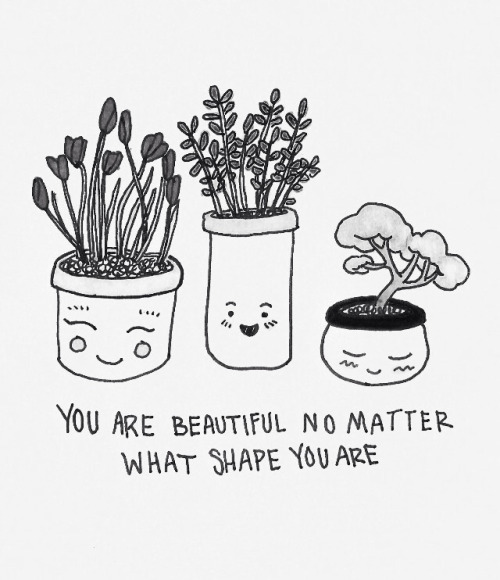#plants
Prairies are some of the most endangered ecosystems in the world, with the tallgrass prairie being the most endangered. Only 1-4% of tallgrass prairie still exists.
Prairies are critically important, not only for the unique biodiversity they possess, but for their effect on climate.
The ability to store carbon is a valuable ecological service in today’s changing climate. Carbon, which is emitted both naturally and by human activities such as burning coal to create electricity, is a greenhouse gas that is increasing in the Earth’s atmosphere. Reports from the International Panel on Climate Change, a group of more than 2,000 climate scientists from around the world, agree that increased greenhouse gases are causing climate change, which is leading to sea level rise, higher temperatures, and altered rain patterns. Most of the prairie’s carbon sequestration happens below ground, where prairie roots can dig into the soil to depths up to 15 feet and more. Prairies can store much more carbon below ground than a forest can store above ground. In fact, the prairie was once the largest carbon sink in the world-much bigger than the Amazon rainforest-and its destruction has had devastating effects.[source]
I just have to add–that extensive root system? It’s not just how the plant eats, and how it keeps itself from getting pulled out of the ground during storms, or dying when its aboveground portion is eaten… it’s how it talks to its friends and family, how it shares food with its friends and family, and more than likely, how it thinks.That’s a whole plant brain we’ve domesticated away, leaving a helpless organism that has trouble figuring out when it’s under attack by pests, what to do about it, has very little in the way of chemical defense so it can do something about it, and can’t even warn its neighbors. Even apart from the ecological concerns, what we’ve done is honestly pretty cruel.
Here’s some more articles on this too!
https://www.theguardian.com/science/2018/may/02/plants-talk-to-each-other-through-their-roots
http://www.bbc.com/earth/story/20141111-plants-have-a-hidden-internethttps://www.the-scientist.com/features/plant-talk-38209
Whether or not you think this should qualify as a form of “intelligence” as we know it (which in itself as a pretty nebulous and poorly defined thing), plants exhibit complicated interactive behaviors that help them grow and thrive, and the way we harvest a lot of them for our produce just doesn’t even give them a chance to reach their maturity and begin trading nutrients the way they’re supposed to.
this is why I get so defensive about grass on Tumblr, and yes, I recognize how ridiculous that sentence is. The anti-lawn-culture movement - which is great in many ways! - is very anti-grass, because they think of grass as this plastic green stuff that American dads spray on everything, at the cost of Perfect Beautiful Nature. But grass is incredible. The reason that people commonly like to surround themselves with grass is because it is a fantastic plant. And yet it’s associated with the boring and mundane! People think of it as, like, background noise. They think of it as the floor. It’s like some kind of carpet to them, to be complained about occasionally because it isn’t a forest or vegetable garden. They don’t even care about it, and then they complain about it. But let me tell you: the Grass Fandom is extremely rewarding.
Obviously, it isn’t a good idea to terraform landscapes into lawns. Golf courses can fuck right off. Nobody needs to water lawns (if lawn grass turns yellow in the heat, it is almost always because it has simply gone dormant; it’ll turn green as soon as it gets some water. You don’t need to water it, it will resurrect itself.) But neither is it a universally good idea to rip up established lawns and yards and greens in order to replace them with vegetable gardens or whatever (unless you need to, or if the grass can only live there with extensive life support in place.) Grass is an excellent plant to have around the home or town; it allows pets, poultry and children to play and piss and shit and walk, and it kindly breaks all of it down; you can walk on it, and it forgives you; it prevents erosion, saving our vanishing topsoil with a ferocious stubbornness; it locks the moisture into the ground, produces a renewable harvest of grass clippings that can be composted for rich green manure, and respires nearly year-round in some areas.
I mean, grass resists being stomped on all day! It keeps high-traffic outdoor areas from becoming mudpits or dusty swathes! That’s seriously impressive in a plant. To replace that durability in public and private spaces, you’d often have to lay down gravel or chippings for people to walk on, which isn’t green and doesn’t grow and has to be acquired from somewhere. Isn’t grass impressive? Name another type of plant that will carry you like that.
Like, the OP mentions grasslands and climate change. You almost never hear about this, because the eco-public prefers the concept of trees as the Most Eco Plants Ever. Everyone loves trees sooooo much, that there is this constant background insistence that planting loads of trees will fix environmental damage forever, and that the world would be better if it all looked like some Eurocentric fantasy of a mossy fairy forest.
Now, trees are great! I am also in the tree fandom. But trees aren’t hugely efficient at fixing carbon - and across most geographical swathes of the planet, they only work part-time. They only grab carbon dioxide and produce oxygen during the stages of their life cycles when they are “awake” and actively growing - so not during winter, not in their old age, etc. And contrast with wild native grass, which apparently considers carbon capture and sequestration to be its favorite hobby. But you almost never hear people going on about “preserving grassland” or being “grass-huggers” - and that is incredibly important! Let’s talk more about grass!
And vast tracts of the world - magnificent biomes on every part of the planet - are not native forests, but native grassland. Steppes, tundras, prairies, savannahs and scrublands are places that trees don’t dominate, but they are bursting with important and diverse life - often centered around the rhythms of native grasses. Trees don’t live in Antarctica, but grasses do! Grasses are GREAT. They harbor life! They support life!
Grass forms the basis of the human food supply - we eat grains more than anything else. Grains are grasses, and we also use and eat the animals that eat grass. The great domesticated cereal grains of the world - maize, rice, millet, wheat - allowed for food storage, which allowed towns and civilizations to form. And the domesticated animals which have carried our societies on their backs for so long - cows, sheep, horses - all eat grass. Grass is so incredibly important to our daily lives. And it’s beautiful! And complicated! And clever! It’s so much more than a floor covering.
Resist the insistence that grass = lawn. (and in some climates and geographies, embrace that ‘lawns’ are a natural environment.) Encourage and celebrate the native grasses of your area! Whether they’re tallgrass or bamboo, they are very exciting and important. Perhaps you’d like to meet the nearest patch of grass - a lawn, a park, or a strip of green in a city. Is it delicate bentgrass? Tough and resilient ryegrass? Is it invasive? indigenous? Formerly invasive but now naturalized? What is it used for? Who loves it?
Just. Grass is so great! Join the Grass Fandom today!
It’s a grassroots movement
Post link

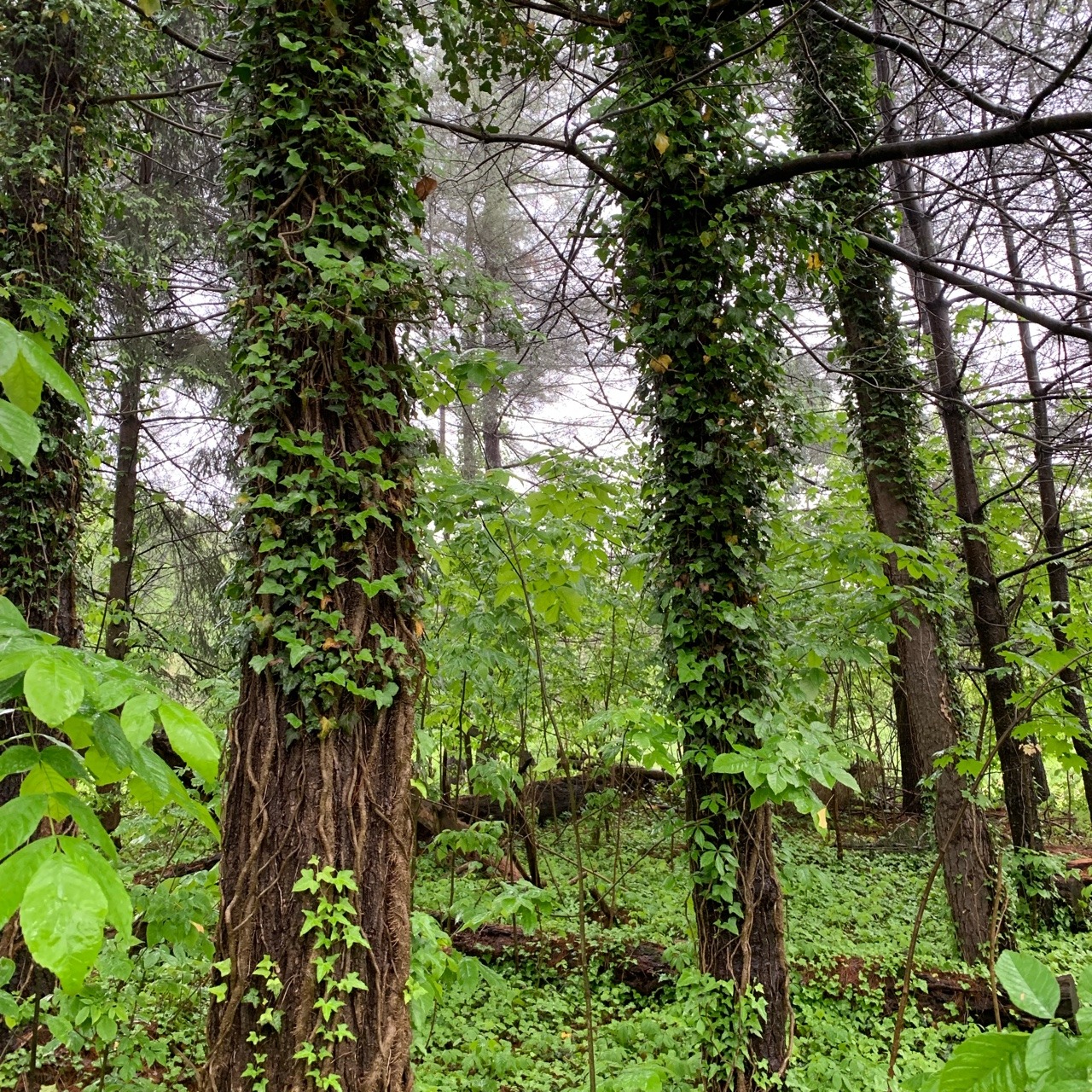
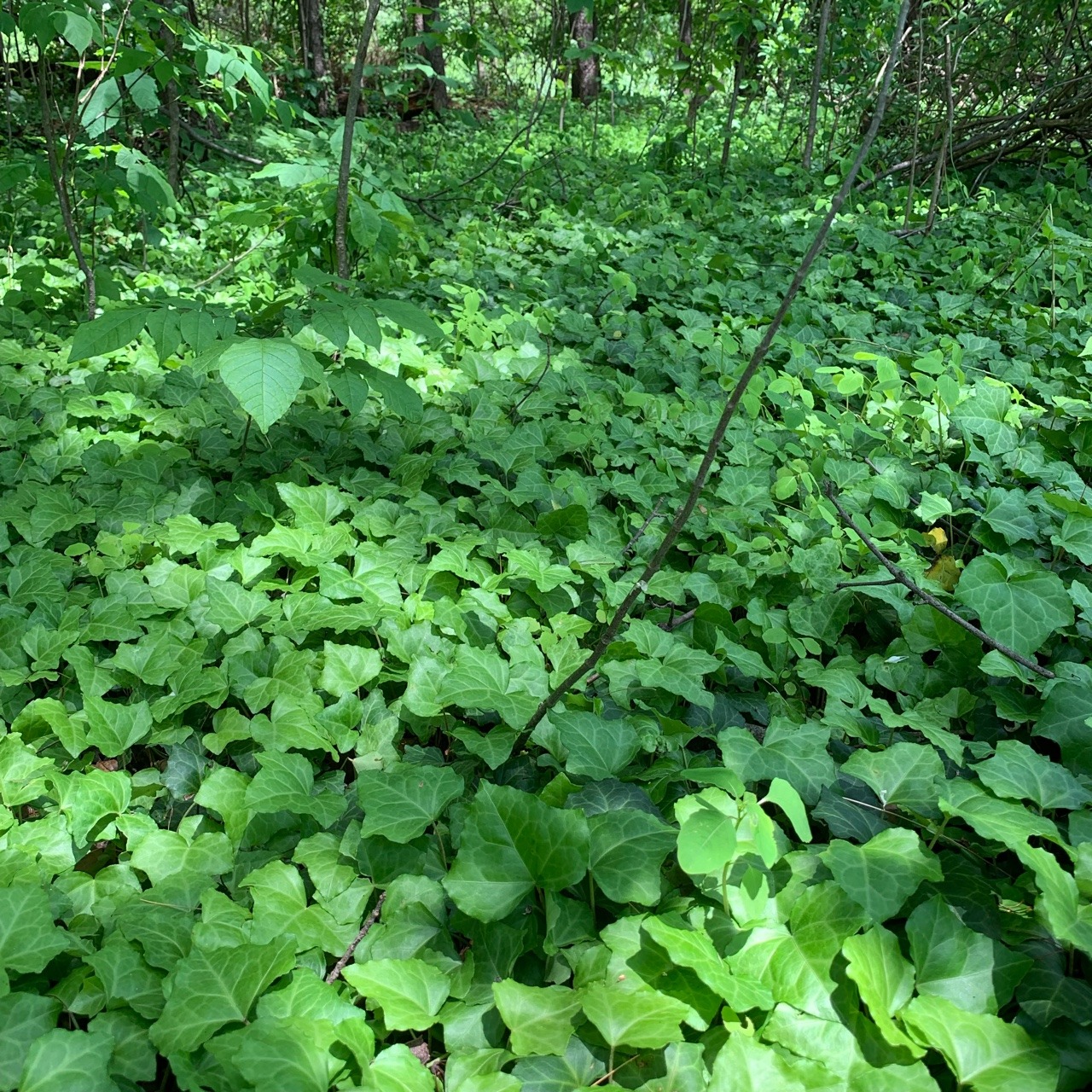


I love my yard ☺️
Australian shrub contains new class of organic compound
The botanical world can be an exciting place for chemists. Plant species produce a beautiful array of organic molecules with complex structures, often of great practical use. Indeed, this is a realm where new discoveries are still being made. Recently, a Japanese-led research team discovered an entirely new structural class in compounds from a jungle-dwelling shrub.
The glossy or red-fruited laurel (binomial name: Cryptocarya laevigata) inhabits the rainforests of eastern Australia. Little was known about the chemical makeup of this tall shrub until the team, led by Kanazawa University, analyzed an extract of its twigs and leaves. The plant’s essential oil was found to contain a family of six new compounds, the structural analysis of which revealed some surprises.
As reported in Organic Letters, NMR experiments showed that at the center of the compounds lay a peculiar, nine-membered carbon cycle known as a spiro-nonene. This structure consists of two rings of carbon atoms—one containing six atoms, the other four—linked by a single “pinch point” atom that is a part of both rings. This motif had never been seen before in any natural product.
Post link



